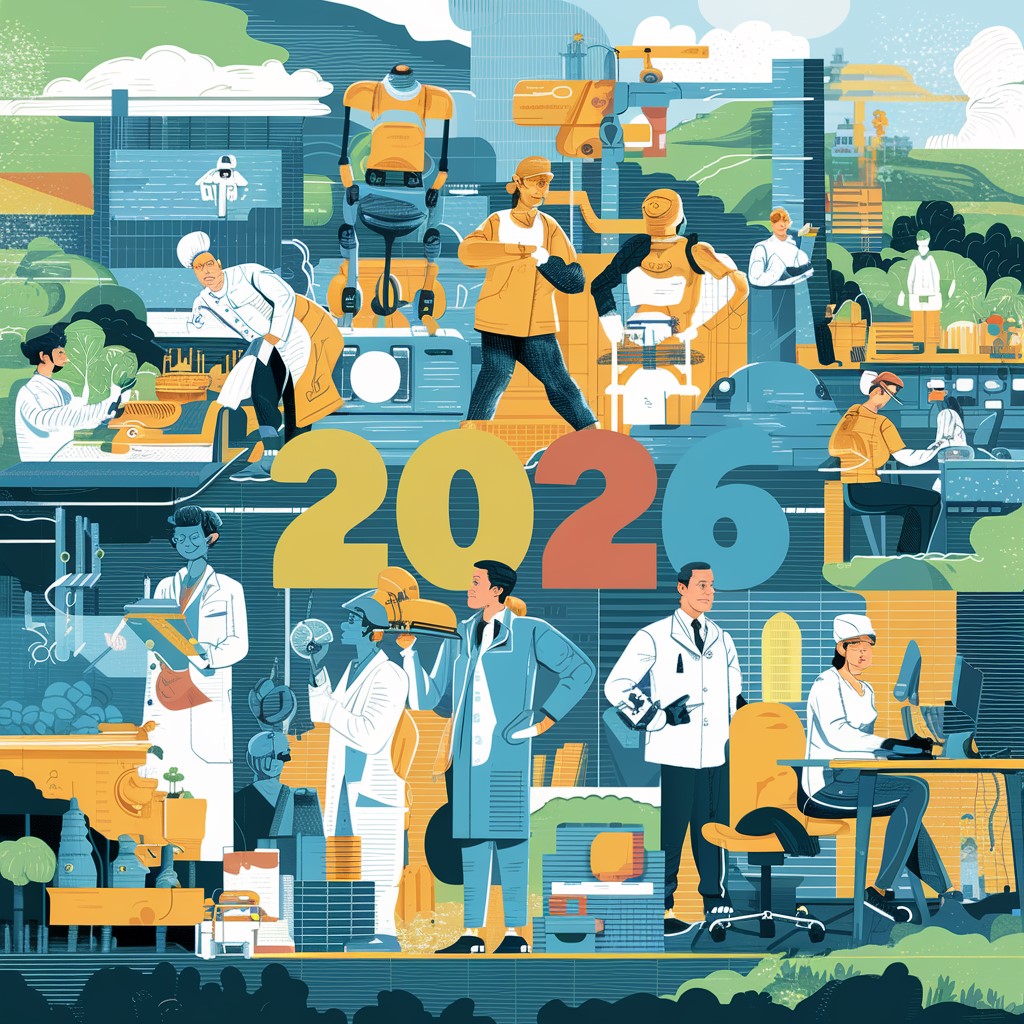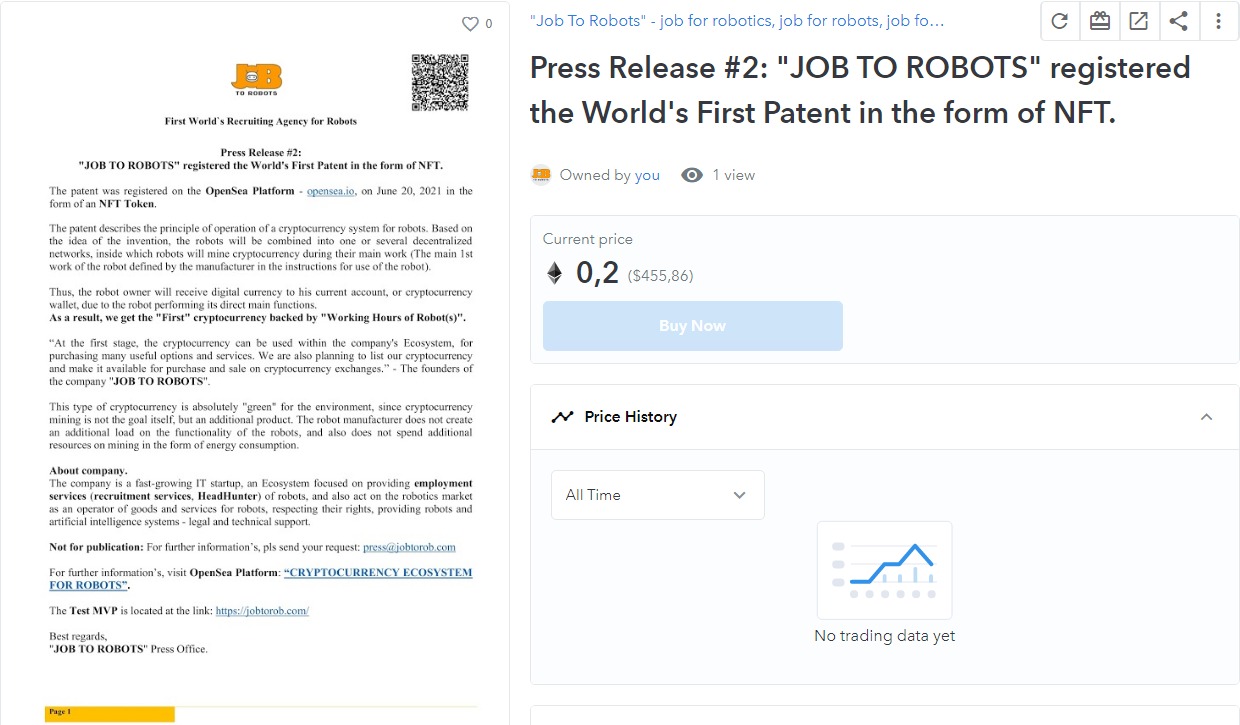As we enter a decade, the relentless march of automation powered by artificial intelligence, robotic process automation (RPA), and machine learning is set to eliminate over 1 million knowledge-worker jobs in 2026, according to a new report from research firm Forrester.
However, the same report predicts an interesting "automation paradox" - that even as software robots displace certain roles, there will be a net increase of 331,500 new jobs added to the U.S. workforce next year. These new roles will be human-centric jobs that require empathy, intuition, agility, and abilities that automation cannot yet match.
"The low-hanging fruit of automating repetitive, routine tasks has already been picked by most companies," said automation expert Jane Smith of Forrester. "What's left are the more complex, unstructured problems that still require a human touch to resolve."
This dynamic is expected to cause issues like increasing mean-time-to-resolution (MTTR) for IT failures, as the easy cases get automated while humans have to tackle the gnarlier issues.
Automation's Messy Reality
The report highlights that as transformative as automation can be, deploying it at enterprise scale is enormously challenging. Poorly implemented automation can be "like a chainsaw in untrained hands," the report warns, pointing to the recent Boeing 737 MAX disasters as a worst-case example.
"Automation must be designed with humans at the center, not just bolted on," said Smith. "Every automated system has to account for when the AI or software inevitably fails and a person needs to step in."
To manage this risk, Forrester predicts that 80% of companies will create new "automation strike teams" in 2020 - cross-functional units bridging IT and domain experts to properly integrate AI, monitor its function, and have human oversight.
At the same time, the march toward more autonomy and automation will continue rapidly. The RPA services market is projected to hit $7.7 billion globally in 2020 and grow to $12 billion by 2023 as enterprises tackle system integration challenges.
Competing research firm Gartner calls 2020 the year of "hyperautomation" - deploying multiple AI and packaged software tools in a centralized way to automate complete processes end-to-end. Gartner also highlights "autonomous things" like robots, drones, and smart devices using AI to operate independently in uncontrolled environments as a major trend.
So while new AI-driven automation will indeed displace certain types of jobs, the technology may create at least as many new opportunities for workers with the right skills in 2020 and beyond. However, making human-AI collaboration successful at scale will be a key challenge companies must overcome.


















